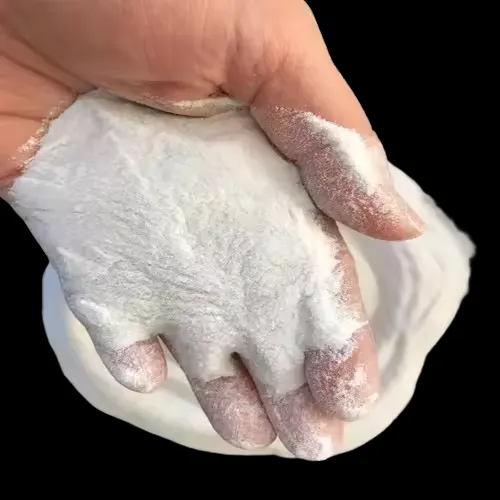
9 月 . 02, 2024 02:49 Back to list
Calcium Carbonate vs Titanium Dioxide
Comparative Analysis of Calcium Carbonate and Titanium Dioxide Manufacturers
In the diverse world of industrial minerals, calcium carbonate (CaCO3) and titanium dioxide (TiO2) play crucial roles due to their unique properties and wide-ranging applications. Both minerals are extensively used in sectors such as paints, plastics, paper, and food, but their sources, processes, and end uses are distinctly different. This article explores the manufacturers of these two vital compounds, highlighting their production processes, applications, and market dynamics.
Calcium Carbonate Manufacturers
Calcium carbonate is a key ingredient widely used as a filler, coating pigment, and as a calcium supplement in various industries. The manufacturing of calcium carbonate can be divided into two primary categories ground calcium carbonate (GCC) and precipitated calcium carbonate (PCC). GCC is produced by grinding limestone or marble, while PCC is synthesized from limestone through a chemical process that results in a finer product with a higher degree of purity.
Leading manufacturers of calcium carbonate include Omya, Imerys, and Mineral Technologies. These companies often emphasize sustainability and environmental responsibility in their mining and production processes. Omya, for instance, has invested in technology to produce calcium carbonate with minimal environmental impact, using renewable energy sources and optimizing mining methods to ensure minimal disruption to ecosystems.
The applications of calcium carbonate are vast. In the paper industry, it serves as a brightening agent, filler, and coating pigment, enhancing the brightness and opacity of paper. In plastics, it improves durability and reduces production costs. Furthermore, it is a crucial additive in food and pharmaceuticals, providing essential minerals while serving as a bulking agent.
Titanium Dioxide Manufacturers
calcium carbonate vs titanium dioxide manufacturer

Titanium dioxide, known for its excellent pigmentation properties, is predominantly used as a white pigment in paints, coatings, plastics, and cosmetics. Its high refractive index and resistance to UV light make it invaluable for enhancing the brightness and opacity of products. Major manufacturers of titanium dioxide include Chemours, Tronox, and Huntsman. These companies utilize two main processes for production the sulfate process and the chloride process.
The sulfate process, which is older and more widely used, involves treating ilmenite ore with sulfuric acid. The chloride process, on the other hand, is more efficient and environmentally friendly, utilizing chlorine to produce TiO2 from titanium feedstock. This process has gained popularity among manufacturers due to its lower emissions and higher quality output.
The demand for titanium dioxide is primarily driven by the paint and coatings industry, which accounts for the largest share of its consumption. The growth of the construction and automotive sectors further boosts this demand, as they require high-quality coatings for enhanced durability and aesthetic appeal.
Market Dynamics and Conclusion
The market for both calcium carbonate and titanium dioxide is influenced by various factors, including economic conditions, regulatory frameworks, and technological advancements. Manufacturers are increasingly adopting sustainable practices and investing in research and development to enhance product quality while minimizing environmental impact.
In conclusion, both calcium carbonate and titanium dioxide manufacturers play pivotal roles in various industries by providing essential materials that enhance product performance. Understanding the differences in production methods and applications between these two minerals is crucial for businesses seeking to optimize their processes and product offerings. As sustainability becomes increasingly critical, manufacturers of both minerals are likely to continue evolving, focusing on efficient production methods and environmentally friendly practices while meeting the growing global demand.
-
Lithopone for Plastic & TiO2 R-5568/SK-6658 Masterbatch Solutions
NewsMay.30,2025
-
China Leading Rutile TiO2 Manufacturer - R5566 & R996 Grades Available
NewsMay.30,2025
-
High-Purity Anatase & Rutile TiO2 Powder Trusted Manufacturer
NewsMay.30,2025
-
High-Purity Anatase Products Trusted Supplier & Manufacturer
NewsMay.29,2025
-
Best Price Eco-Friendly Rutile TiO2 Supplier & Wholesale Factory
NewsMay.29,2025
-
Chinese Anatase Titanium Dioxide for Ceramic Glaze Reliable Supplier
NewsMay.29,2025
